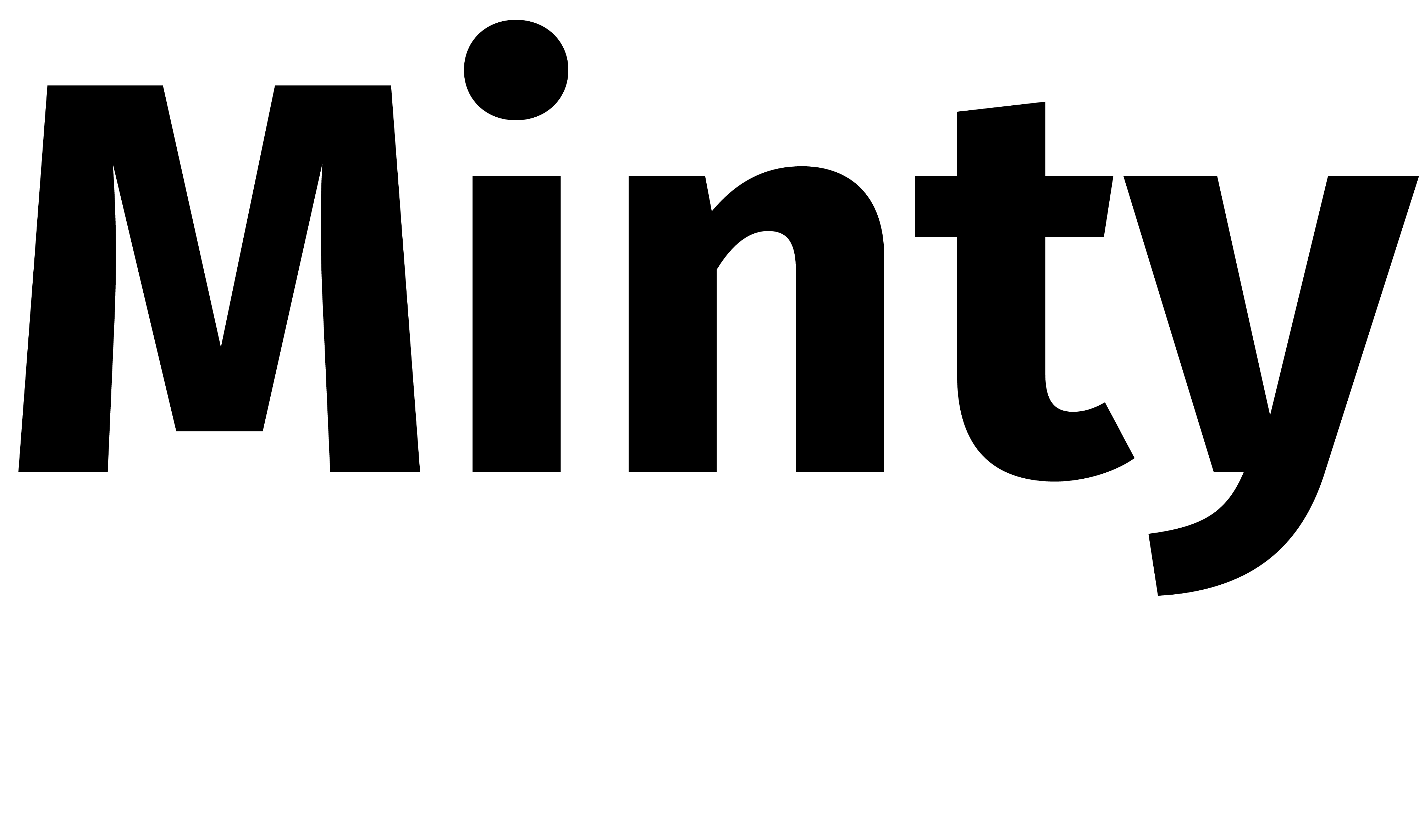Chances are good you know all about your credit score. Also called a FICO score, this magical number is a major factor in many financial transactions, including qualifying for a mortgage and renting apartments in California. In October 2018, the Fair Isaac Corp. (the creators of FICO) announced a whole new scoring method called the UltraFICO. Currently in beta testing with a small, undisclosed group of lenders, this new scoring method is expected to be more widely released in April 2019. So, what is this exciting new scoring model? Will it help? Will it hurt? Here’s what you need to know.
FICO vs. UltraFICO: What’s the difference?
Your traditional FICO score looks only at the money you borrow from lenders (e.g., through credit cards, and car and college loans). FICO scores generally do not factor in any traditional bank accounts, be it checking or savings.
The UltraFICO, in contrast, does look at your banking behavior, adding it to the mix along with more traditional metrics like your credit card payments. UltraFICO examines your checking, savings, and/or money market accounts (which are similar to savings accounts but offer a higher interest rate in exchange for maintaining a higher balance), and reports on details such as the following:
Your account history: How long have you had these accounts? The longer the better.
Your account balance: According to the UltraFICO website, it’s looking for “a healthy average balance.” It doesn’t spell out exactly what that means, but it suggests that consumers with a balance of at least $400 over a three-month period should fare well with this new scoring system.
Your account activity: Do you regularly pay your bills through your bank account? If you don’t, you may want to start, since that will be considered, too, particularly how often you pay your recurring bills (e.g., cellphone and utility bills), according to Nathan Danus, director of housing at DebtHelper.com in West Palm Beach, FL.
If you show “responsible financial behavior” in these accounts, this could improve your credit score. If you have imperfect credit or no credit but you have a positive banking history, your score may see a nice boost.
“If you have even a few hundred dollars in your account, and if you haven’t bounced checks or gone under the minimum balances, that will now count in your favor,” says Howard Dvorkin, a certified public accountant in Fort Lauderdale, FL.
Will UltraFICO replace FICO?
No. “Most banks and lenders are going to use it initially as a backup scoring model,” says Danus.
The way it will likely work, according to Danus, is that when you apply for a loan or mortgage, if your regular FICO score isn’t high enough to qualify you, the lender may ask for your UltraFICO.
The UltraFICO is also voluntary. You don’t have to volunteer your banking information with a prospective lender for review unless you want to. This is a major difference from your FICO score, which is calculated whether you like it or not.
Who will benefit from UltraFICO scores
Building a credit history takes time. If you have little or no credit history but do have a banking history, you may be able to generate an UltraFICO score even if you don’t have enough of a credit history to generate a FICO score.
As such, the UltraFICO has a lot of potential, especially for consumers with borderline credit (meaning you’re at the cutoff between having poor and fair credit or between having fair and good credit) or who have a limited credit history. FICO estimates that over 15 million consumers who don’t have a FICO score could receive an UltraFICO score.
If you already have a good FICO score, then you probably don’t need to worry about the UltraFICO. Whether the UltraFICO will help you depends on your banking history.
“If the consumer finds themselves among the 60% of Americans who have very little to no savings funds, the UltraFICO will likely not help build their credit rating,” says Todd Christensen, education manager at Money Fit by DRS in Boise, ID.
Consumers who don’t have a recent pattern of positive savings may not want to opt in to the UltraFICO, according to Christensen.
How to prepare
The UltraFICO is currently in beta testing. Ultimately whether the program is expanded depends on how well it does for consumers as well as lenders, according to Danus.
If everything goes well, consumers may soon see this option available with lenders in April. And there’s a way to prepare: Start building up your savings now, so that if you have the chance to opt in, you’ll have a positive banking history for lenders to review.
Ultimately, though, don’t let the UltraFICO distract you from taking steps to improve your FICO credit score. It’s still important to make on-time payments to lenders, to pay down your credit balances, and to make payments arrangements if you have any delinquent accounts.











Yorumlar